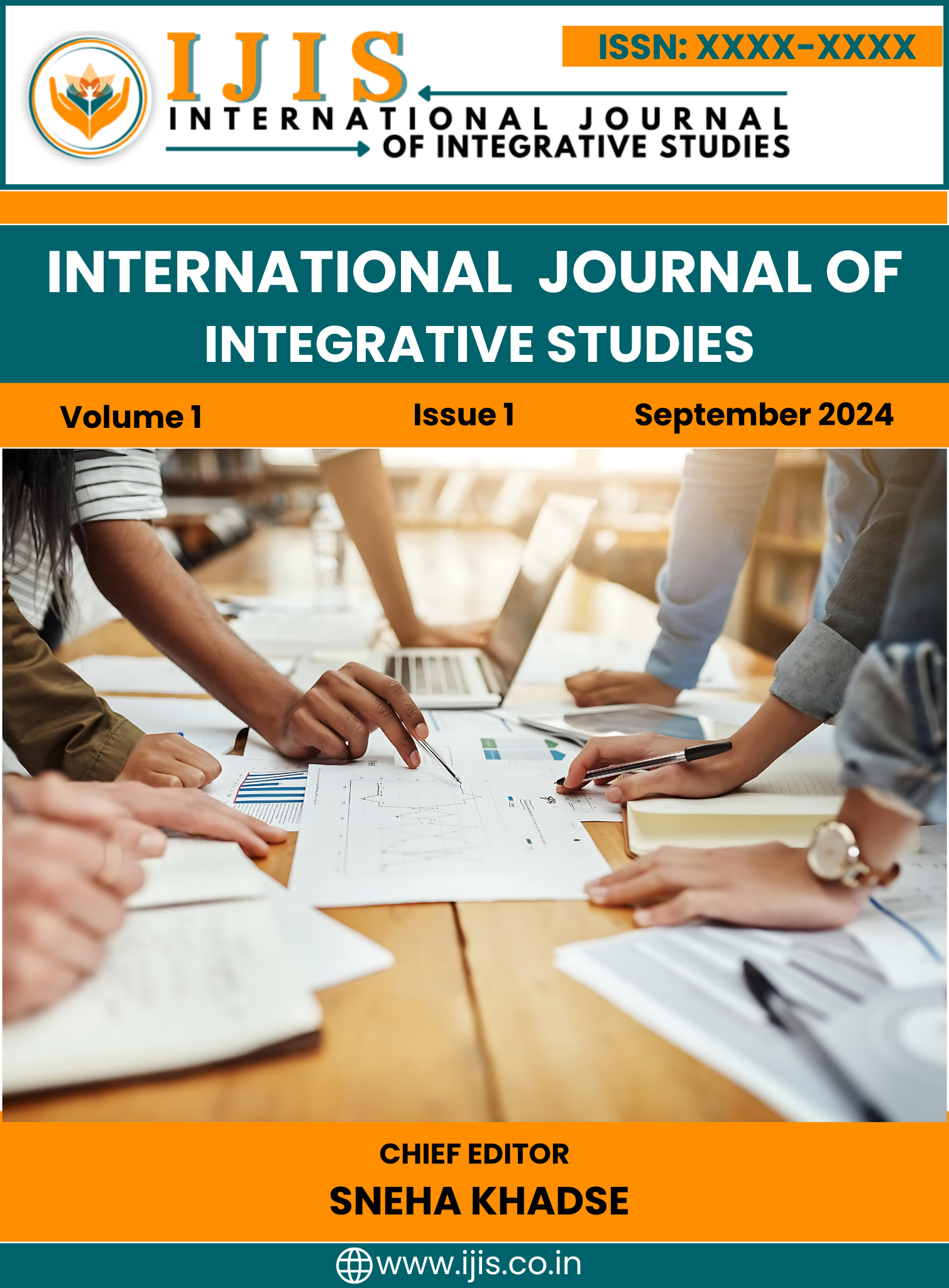IS THERE A GENDER WAGE DIFFERENTIAL EVEN AMONG THE MOST HIGHLY EDUCATED?
Keywords:
Gender wage differential, Wage discrimination, Occupational segregation, Oaxaca-Blinder decompositionAbstract
Even though gender wage discrimination is an extensively discussed topic, many questions remain unanswered, especially concerning the most highly skilled worker groups. This study estimates the gender wage differential of the most highly educated workers - PhD holders - in the United States. The findings suggest a gender wage gap of 17% and 21%, respectively, in 2013 and 2019. The wage differential was decomposed into observed and unobserved portions using the Oaxaca-Blinder decomposition method. The unobserved gender wage differential was 5% and 12%, respectively, in 2013 and 2019. The unexplainable portion of the wage gap was higher in the business/industry sector compared to the academic sector. Among the observed characteristics, less experience appeared to be a major factor for lower wages among women. Further, the results suggest that even highly educated women earned less than their male counterparts, partly due to occupational segregation – job category, employment category, and the field of study contributed to more than 40% of the observed wage gap in the business/industry sector.

Downloads
Published
Issue
Section
License

This work is licensed under a Creative Commons Attribution-NonCommercial 4.0 International License.



